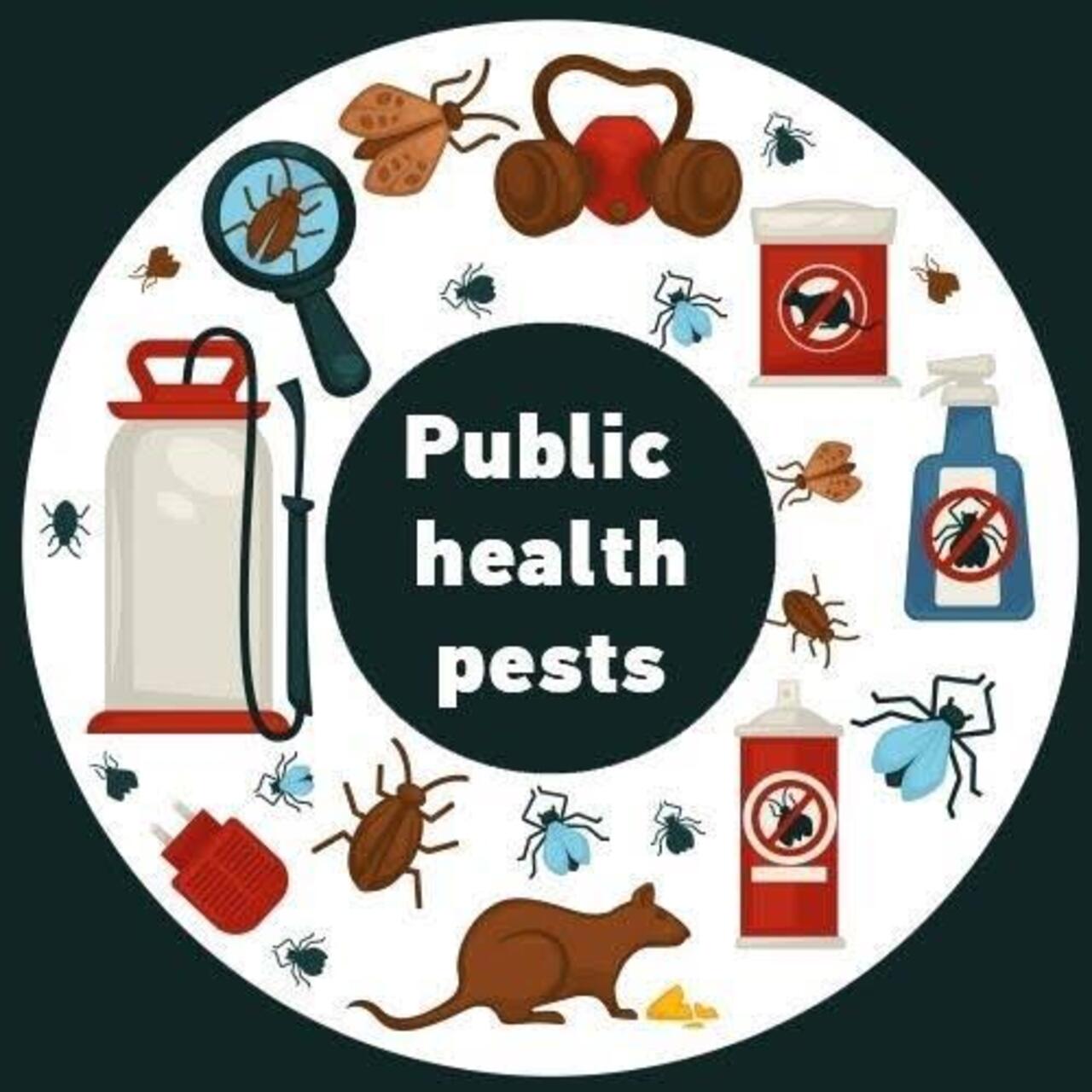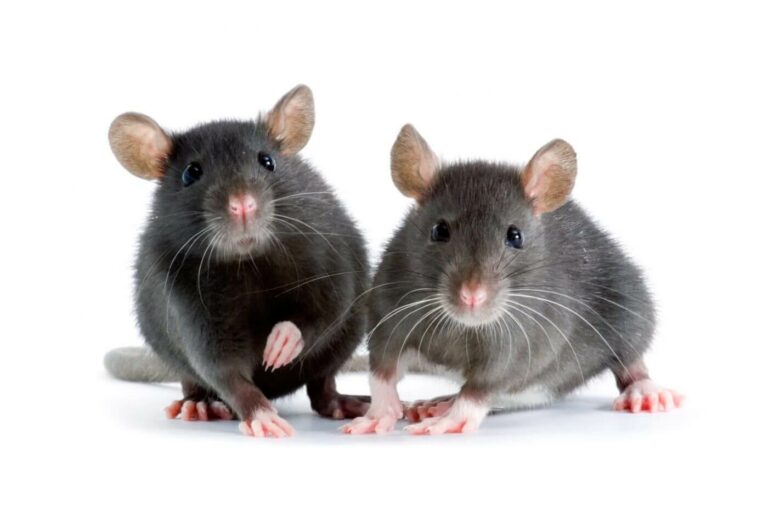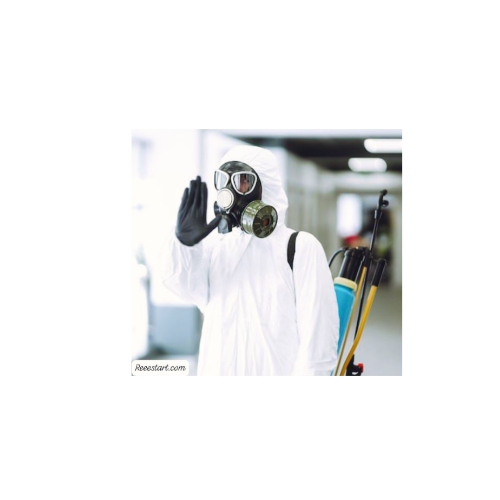When discussing the major types of public health pests in Gulf countries, it is essential to recognize that pest control in these regions is governed by stringent regulations and policies. Companies and institutions are required to employ agricultural engineers specialized in public health pest control, with expertise in handling pesticides being a fundamental condition for employment. Additionally, passing theoretical and practical exams is necessary to obtain a professional practice license.
Accurate diagnosis is the cornerstone of resolving any pest problem or infestation. This document outlines the 44 key public health pests in Gulf countries, including the United Arab Emirates, Saudi Arabia, Bahrain, Kuwait, Qatar, etc.
Public Health Pests in Gulf Countries
The 44 public health pests in Gulf countries are categorized into:
- Pests that cause venomous stings.
- Pests affecting environmental health.
- Blood-sucking pests.
- Vertebrate pests.
Let us delve into these categories with detailed descriptions.
Pests that Cause Venomous Stings
- Wasp (Vespidae)
- Harmful Bee (Feral Bee)
- Pharaoh Ant (Monomorium pharaonis)
- Fire Ant (Solenopsis spp.)
- Carpenter Ant (Camponotini)
- Scorpions (Scorpiones)
- Redback Spider (Latrodectus hasselti)
- Snakes (Serpentes)
Blood-Sucking Pests
These were detailed in an article on blood-sucking pests in Gulf countries.
- Anopheles Mosquitoes (Anopheles spp.)
- Aedes Mosquitoes (Aedes spp.)
- Culex Mosquitoes (Culex spp.)
- Midges (Ceratopogonidae)
- Bedbugs (Cimex lectularius)
- Camel Ticks (Hyalomma dromedarii)
- Fowl Ticks (Argas gallinae)
- Dog Ticks (Rhipicephalus sanguineus)
- Chicken Mite (Dermanyssus gallinae)
- Sheep Scab Mite (Psoroptes ovis)
- House Dust Mite (Dermatophagoides spp.)
- Fleas (Siphonaptera)
- Chironomus Midges (Chironomidae).
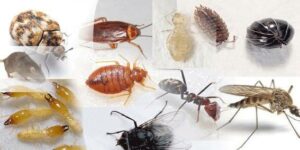
Pests Affecting Environmental Health
German Cockroach (Blattella germanica)
- A small cockroach, 1.3 cm to 1.6 cm in length, with a brownish color and two parallel black stripes.
- Despite having wings, it cannot fly.
American Cockroach (Periplaneta americana)
The largest cockroach species, not native to the Americas but introduced from Africa in the early 1620s.
Oriental Cockroach (Blatta orientalis)
Also known as the water bug, this large cockroach can reach about 2.5 cm in length, varying in color from dark brown to black, with a shiny body.
Brown-Banded Cockroach (Supella longipalpa)
A small indoor cockroach, named for the two prominent brown bands on its body.
Silverfish (Lepisma saccharina)
A small, scaly insect known for its preference for damp, cool environments, often found in old libraries where it feeds on paper.
House Fly (Musca domestica)
A common fly species, found in almost every home, with a lifecycle of about 28 days.
Common Green Fly (Lucilia sericata)
Slightly larger than house flies, with a metallic green or blue-green color and black markings.
Stable Fly (Stomoxys calcitrans)
Also known as the biting fly, it feeds on the blood of mammals, including horses and livestock.
Blue Fly (Calliphora vomitoria)
Known for its blue coloration, it feeds on decaying flesh and is commonly found around carrion.
Black Fly (Midges, Ceratopogonidae)
Includes many types of flies, often found in various habitats and can transmit diseases.
Horse Fly (Tabanidae)
Known for its painful bite, affecting both livestock and humans.
Sand Fly (Phlebotomus spp.)
Known for its blood-sucking behavior and small size, often found in sandy areas.
- Forid Fly (Forida spp.)
- Stored Product Pests
Includes various beetles, mites, and weevils that infest grains and processed foods.
Carpet Beetle (Attagenus pellio)
Known for damaging stored products like furs, leathers, textiles, and grains.
Termite (Isoptera)
Wood-destroying insects that live in colonies and feed primarily on cellulose.
Woodworm (Anobium spp.)
Beetles whose larvae infest and damage wooden structures.
Drain Fly (Psychodidae)
Commonly found around sinks and drains, where they breed in organic matter.
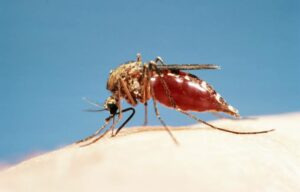
Vertebrate Pests
- Norway Rat (Rattus norvegicus)
- Roof Rat (Rattus rattus)
- House Mouse (Mus musculus)
- Feral Pigeon (Columba livia)
- Stray Cats (Felis catus)
- Stray Dogs (Canis lupus familiaris)
- Desert Fox (Vulpes rueppellii)
- Gecko (Gekkonidae)
- House Slugs (Gastropoda)
By researching and extracting the scientific names, morphological descriptions, and behaviors of each pest, agricultural engineers specializing in public health pest control in Dubai and other Gulf countries will acquire a comprehensive knowledge base. This will enable them to accurately diagnose pest infestations and develop integrated control programs in accordance with regulations set by relevant governmental agencies in the Gulf region.

